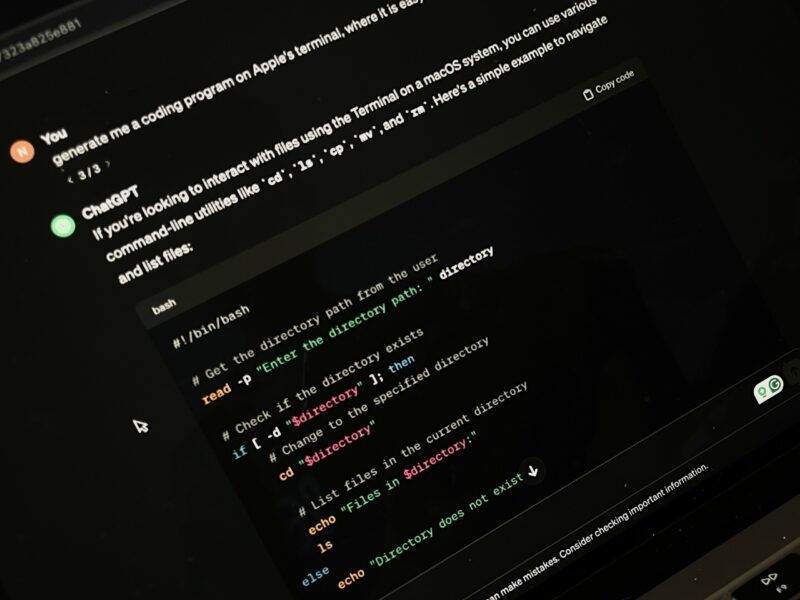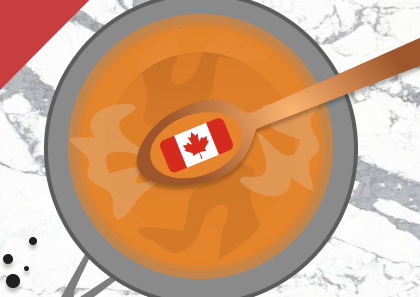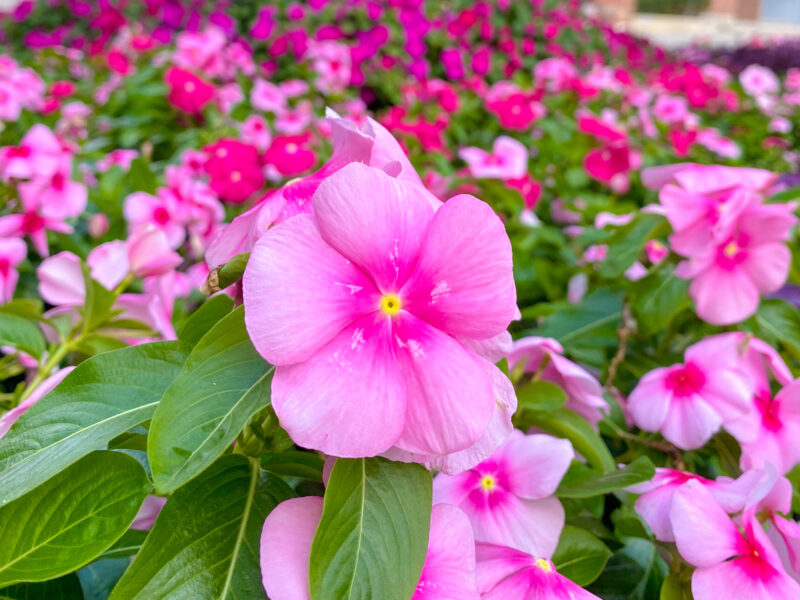In November of last year, Maclean’s magazine broke the rules with the article “Too Asian: Some frosh don’t want to study at an ‘Asian’ university.” The article discusses the different approaches to post-secondary education between Asian-Canadian and caucasian Canadian university students.
Too Asian drew controversy because it frankly discussed cultural differences that, for some reason, have become taboo in this country. We Canadians are so afraid of being branded “racist” that even the discussion of cultural differences, the very dialogue that this article attempted to foster, is met with venom.
Authored by Stephanie Findlay and Nicholas Kohler, the article deals with the disproportionate enrolment of Asian-Canadian students at specific universities and their more strict approach to education. The pair took the controversial title Too Asian from a panelist at the 2006 annual meeting of the National Association for College Admission Counseling. The title, like all good ones, was meant to be provocative, but Maclean’s renamed the piece “The Enrolment Controversy” when the original drew objections. The “controversy” should have ended there.
The authors didn’t make any mind-blowing or fantastical claims in their piece.
They argued that Asian-Canadian students, specifically first- and second-generation immigrants, tend to have a more rigorous approach to education than western students. In Asian nations, high school students with mediocre grades don’t get to pursue post-secondary education. In other words, there is no Mandarin translation for “screw it, I’ll just go to Fanshawe.”
Rote memorization is a necessary aspect of an Asian education. Most Asian alphabets aren’t phonetic like ours. By the time Chinese students leave high school, they will need to have memorized thousands of intricate characters in order to simply read a newspaper. The emphasis placed on studying and rote memorization typically lends itself to subjects like math, science and engineering, usually steering Asian students away from liberal arts programs that require a different skill set.
Since a good education is absolutely paramount for success in Asian nations, parents naturally want their kids to attend the best schools here in Canada, too. As a result, Asian-Canadian students typically attend the schools with the best reputation for math, science and engineering, namely the University of British Columbia, the University of Toronto and the University of Waterloo.
Many of these cultural differences are mirrored in Amy Chua’s new best-selling book, Battle Hymn of a Tiger Mother. Chua, a professor at Yale Law School, calls herself a “tiger mother” – a term that describes an exponentially stricter approach to child rearing.
Chua argues that Chinese parents restrict the amount of choices that their kids have. They are made to do extra schoolwork and usually practice an instrument for hours each night. Chinese mothers don’t spend time worrying endlessly about their child’s self-esteem like North American moms.
“If a Chinese child gets a B—which would never happen—there would first be a screaming, hair-tearing explosion,” says Chua. “The devastated Chinese mother would then get dozens, maybe hundreds of practice tests and work through them with her child for as long as it takes to get the grade up to an A.” Apparently there’s something to this authoritarian approach to child rearing.
Yet, even after Maclean’s caved to the unwarranted criticism, the sensitivity police were still ready to make an arrest. In December of 2010, Toronto’s city council unanimously voted to request an apology from Maclean’s for the article.
Councilor Mike Layton who tabled the motion said later, “I don’t think it’s overly P.C. Any time something like this pops its head up, you stomp it down.”
Apparently, Mike Layton makes political mountains out of non-issue molehills at the municipal level, while his father Jack Layton does so at the federal one.
One of the 11 dissenters of the motion was Councilor Denzil Minnan-Wong, whose father immigrated to Canada from China. Minnan-Wong argues the article actually portrayed Asian students in a positive light.
“It says they’re smart, it says they’re hard-working, that they study a lot, that they’re good students, that they value their education and want to succeed,” says Minnan-Wong.
But, even months after its release, Too Asian is still generating unwarranted controversy. Just last week, Ryerson University held a forum called “Talk back: holding the media to account.” The online description on Ryerson’s website called the forum a “response to Maclean’s offensive article titled, ‘Too Asian’ …Learn about the media’s role in perpetuating racism and harmful stereotypes, and strategize actions to hold them accountable!”
Along with this hopelessly inaccurate description of the article, Ryerson students made a mock Maclean’s magazine cover featuring the title “Too Racist” and the subheading “Stop publicly funding Maclean’s. Say no to racism.” This was the very fear that I alluded to earlier. In Canada, when you create a frank dialogue about culture or race, you run the risk of being called a “racist.”
Too Asian was about illuminating a dialogue that occurs in every high school and every university amongst students and faculty. White students view the social aspect of a university as crucial part of a post-secondary education. Asian students, with more domineering parents, generally do not place value on keggers and pub nights.
As a result, “Asian” universities like U of Waterloo have a sort of false multiculturalism. There may be students from both western and eastern cultures but they’re divided on grounds of race because whites and Asians expect something different from their university experience. The first step in bridging this very real culture gap is actually admitting that it exists.
The authors of Too Asian explicitly stated that “Canadian institutions operate as pure meritocracies when it comes to admissions, and admirably so.” I am in total agreement. Enrolment based on merit, specifically grades, is the only just way for universities to operate. Unfortunately, certain American Ivy League schools have, for decades, abandoned the strict meritocracy approach in order to keep the number of white students artificially high.
In his 2009 book No Longer Separate, Not Yet Equal, Princeton University sociologist Thomas Espenshade surveyed ten elite U.S. universities and found that Asian applicants needed an extra 140 points on their SAT scores to be on par with white applicants. The authors of Too Asian condemned this practice outright. It’s practices like this, on the part of American Ivy League schools, that actually warrant the charge of racism.
So, please don’t worry, Canada. It isn’t a slippery slope to go from discussing different cultural approaches in education to becoming our bigoted grandfathers ranting about “sneaky foreigners” at Thanksgiving dinner. Thank you Maclean’s for “breaking the rules” and discussing race in Canadian universities. You just made the very same discussion that all university students have in private, a public one. As for the Ryerson students that have called the authors “racist,” I caution them on using hyperbole. The label “racist” is one of the worst titles you can give to a person. Let’s make sure we use it sparingly and save it for actual racists.



